It can be shown
This is the most abused phrase in all of science. It is sometimes known as "waving your hands," and it is usually a subsitute for doing a big pile of calculus, in this case, three-dimensional calculus. So for PHY2054, we will let discretion be the proverbial better part of valor and accept this important result. Why is it important? It is important because we now have an oscillator system!




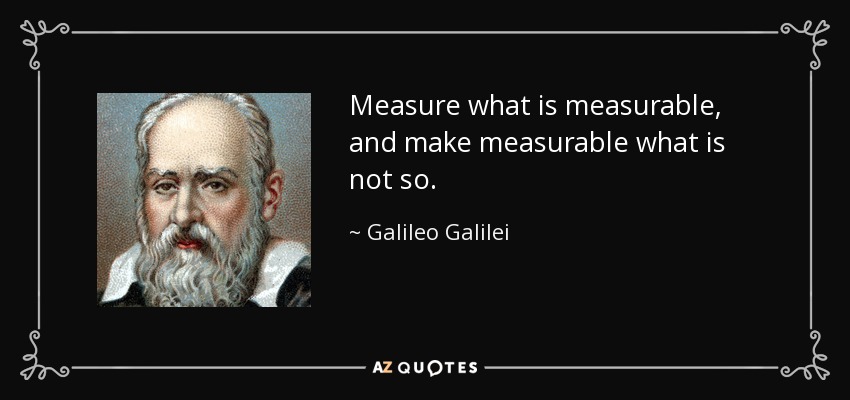

 * Here is a potential well.
* Here is a potential well.

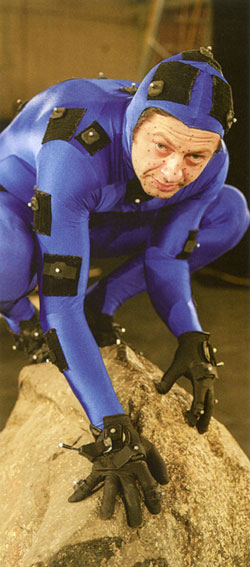
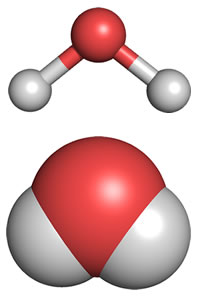

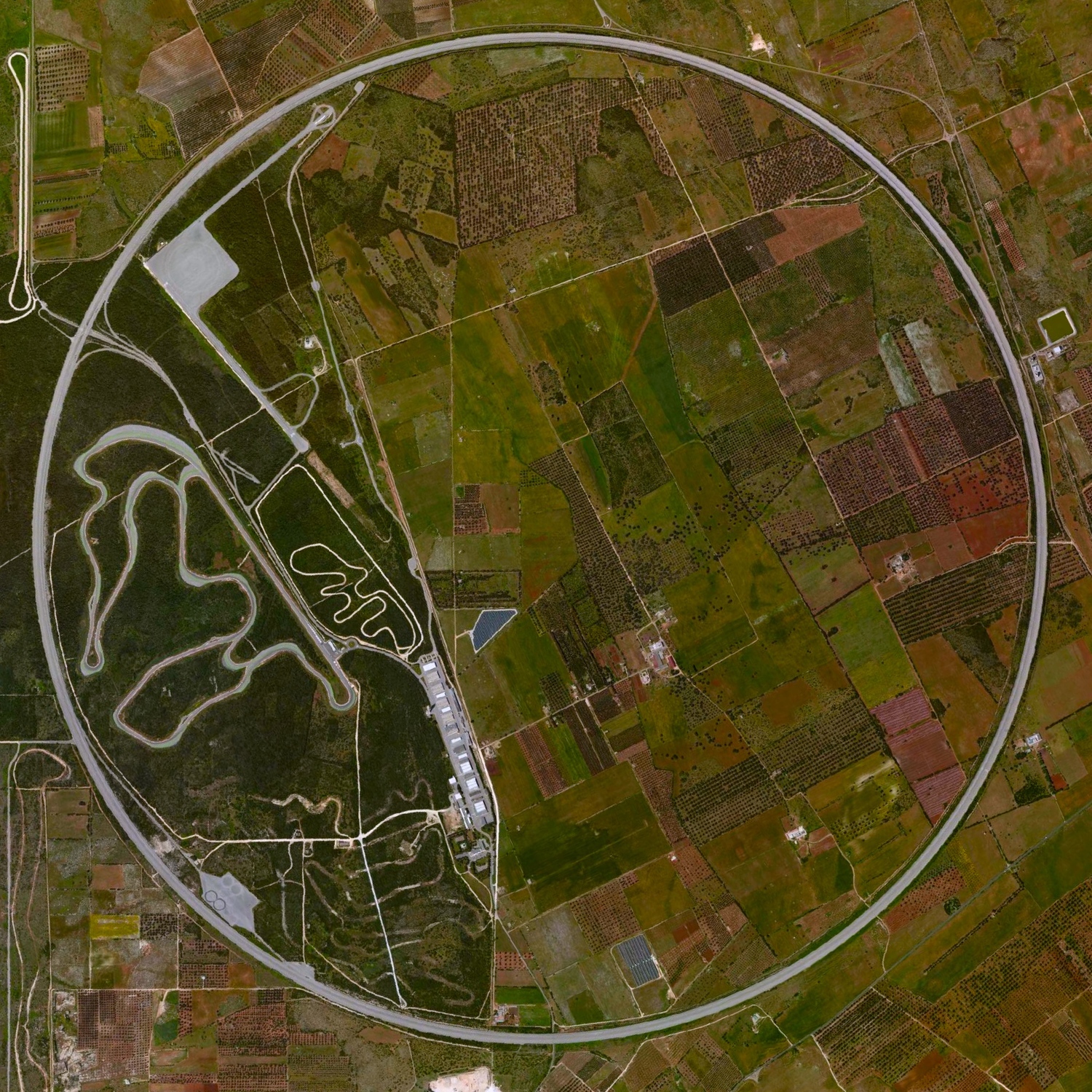



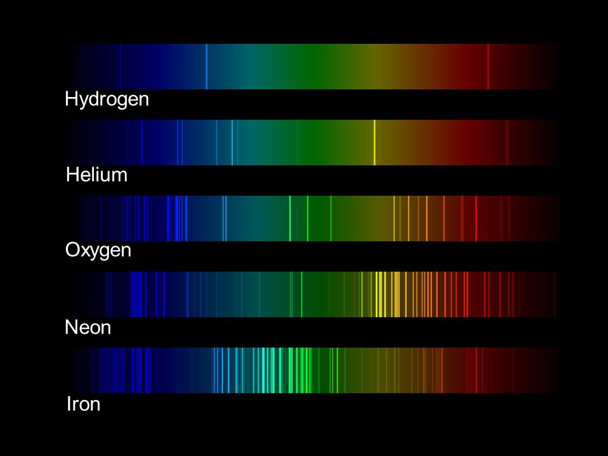 *
*